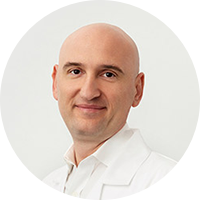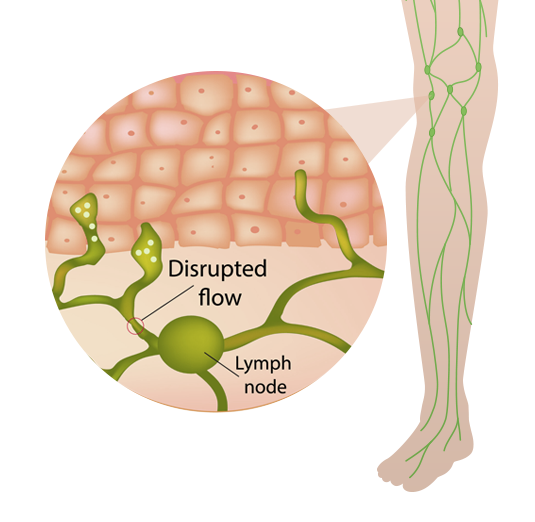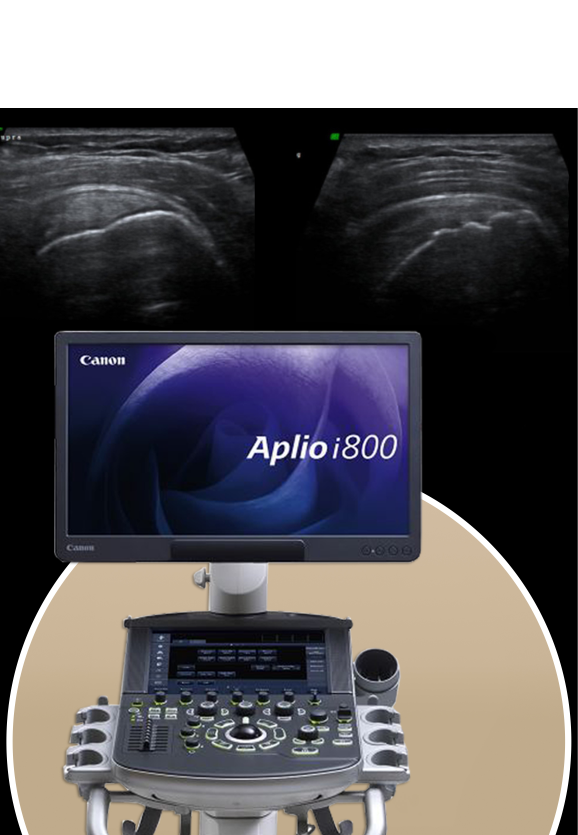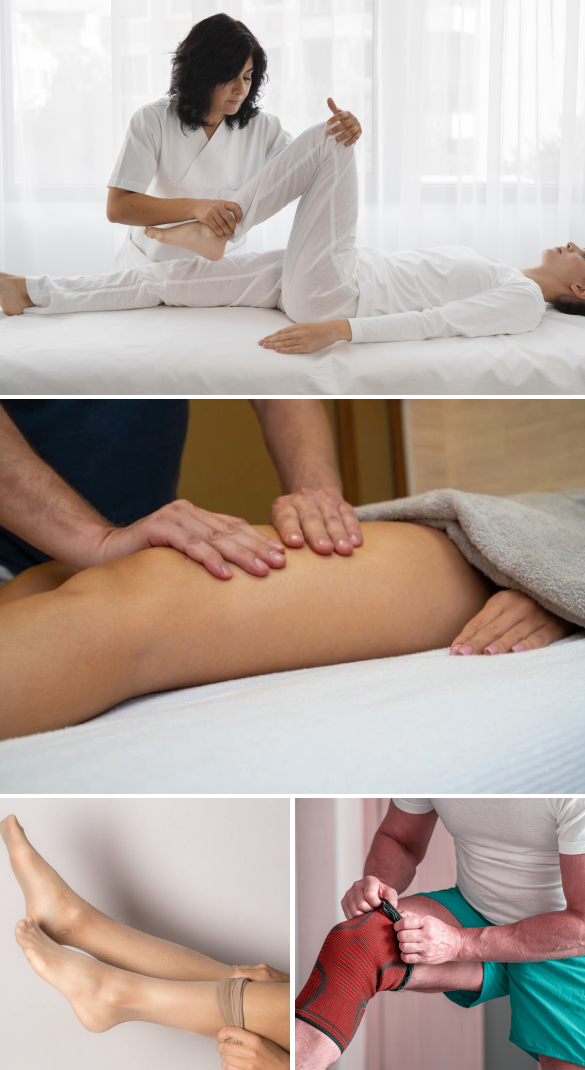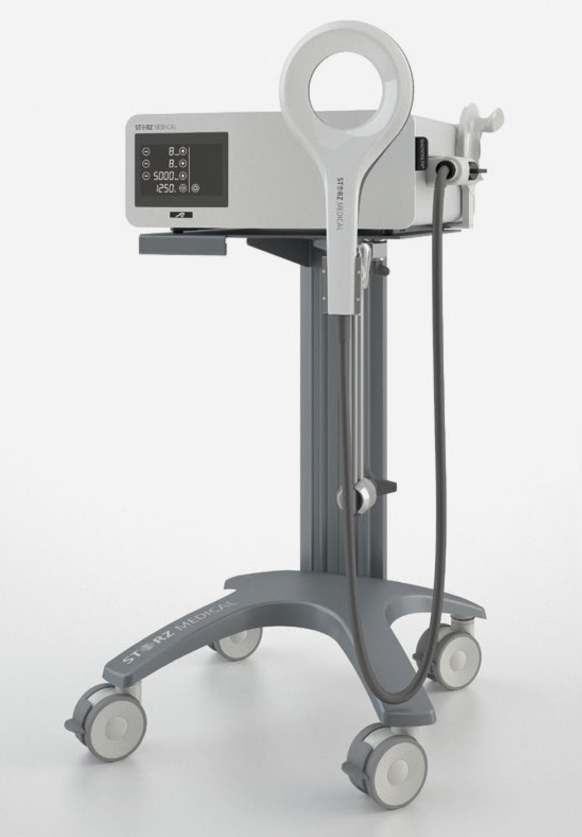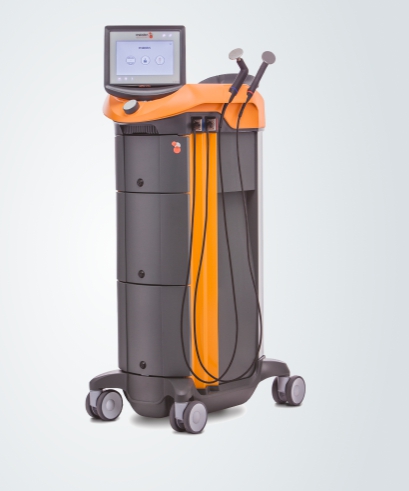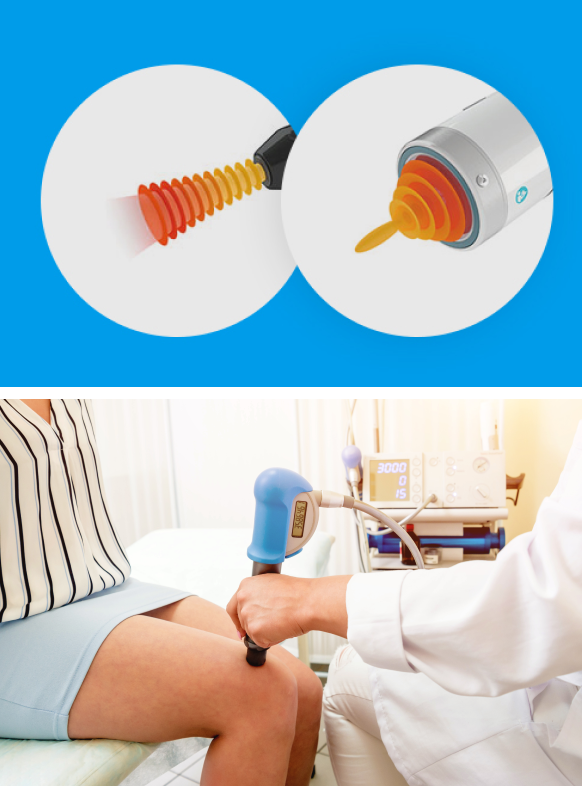Because of the nature and physiology of lymphedema, manual therapy is only marginally effective in reducing fluid buildup, and not effective at all in eliminating fibrotic lesions. But new award-winning research offers hope for patients suffering from lymphedema.
A 2020 study published in the Annals of Rehabilitation Medicine enrolled 30 female breast cancer patients with stage 2 lymphedema and divided them into two groups. The experimental group was treated with defocused extracorporeal shockwave therapy (ESWT) while the control group received conventional therapy.
After three weeks of treatment, the ESWT group showed significant improvement in arm circumference, fluid volume, rate of water content in the upper extremity, and skin thickness, with significantly higher scores on the QuickDASH (Quick Disabilities of the Arm, Shoulder and Hand) Questionnaire. ESWT was effective in treating fibrotic lesions that cannot be treated by DLT therapy alone.
Defocused shockwave is an evidence-based, ultra effective treatment approach for lymphedema that by far surpasses manual therapy.


